今回は、草書の「読」です。
こんかいは、そうしょの「読(どく)」です。
This time is 読(doku) in cursive script.
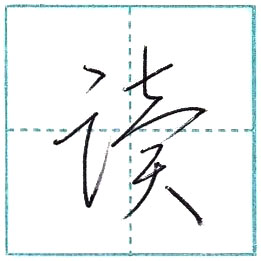
スポンサーリンク
草書は日常生活で書くことはなく、書道の作品でのみ使われています。
そうしょはにちじょうせいかつでかくことはなく、しょどうのさくひんでのみつかわれています。
We don’t write cursive script in daily life, it’s used only in calligraphy works.
単語例(たんごれい)
Word examples
音読 [おんどく on doku] = reading aloud
黙読 [もくどく moku doku] = silent reading
速読 [そくどく soku doku] = fast reading
多読 [たどく ta doku] = extensive reading
精読 [せいどく sei doku] / 熟読 [じゅくどく juku doku] = careful reading
句読点 [くとうてん ku tou ten] = punctuation mark,
。 and 、 used in a Japanese sentence
読点 [とうてん tou ten] = comma,
、 used in a Japanese sentence
※We usually call 、 simply 点[てん ten].
スポンサーリンク
書き順(かきじゅん)
Stroke order
1.
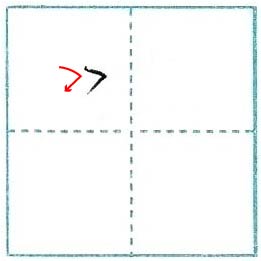
2.
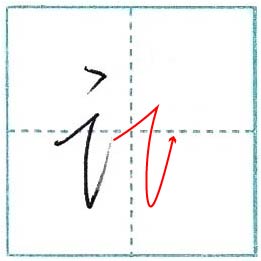
3.
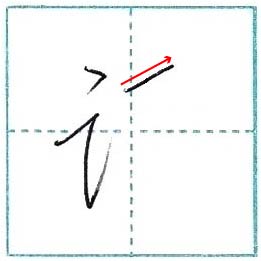
4. 次の線は、1画で書きます。
つぎのせんは、いっかくでかきます。
Write the next line with one stroke.
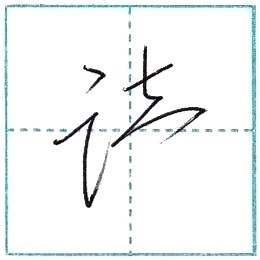
4-1.
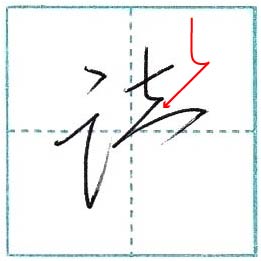
4-2.
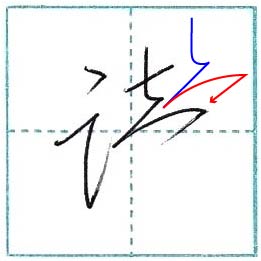
5. 次の線も、1画で書きます。
つぎのせんも、いっかくでかきます。
Write the next line with one stroke, too.
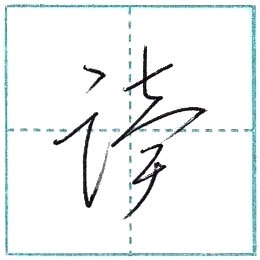
5-1.
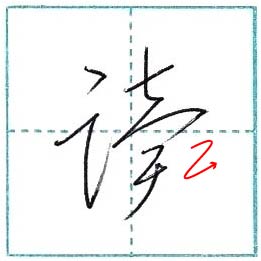
5-2.
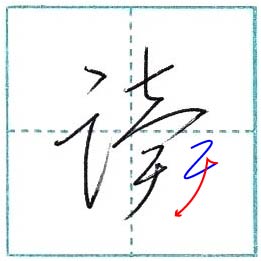
6.
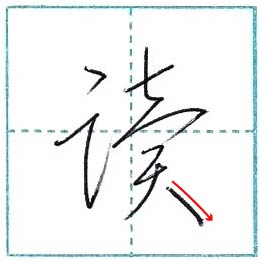
7. 完成(かんせい) Finish

公開日/post 2018.04.08
更新日/update 2021.01.09
スポンサーリンク
